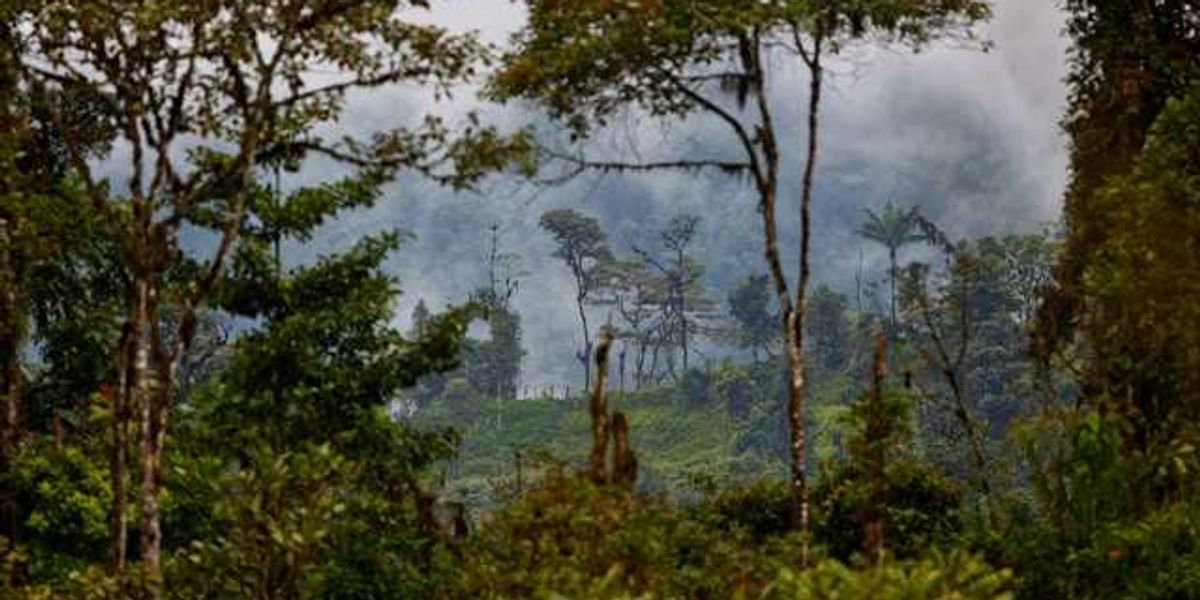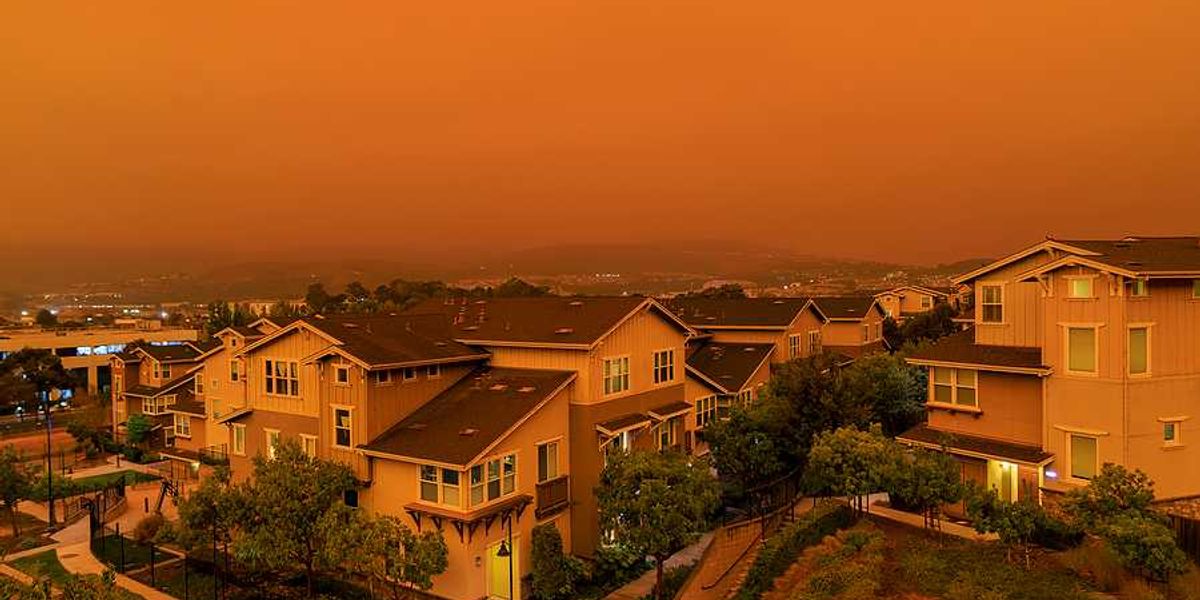Wildfires in Manitoba may release decades of hidden toxic metals, scientists warn
Wildfires burning through northern Manitoba peatlands could release toxic metals from historical mining and smelting sites, raising unanswered questions about the health risks to nearby communities.
Arturo Chang reports for CBC News.
In short:
- Peatlands in northern Manitoba store carbon and toxic metals, including mercury, lead and arsenic, from a century of mining activity.
- As climate change dries these wetlands, wildfires may unlock pollutants long trapped in the soil, potentially exposing residents to harmful smoke.
- Scientists call for new studies and better air monitoring to understand and track health risks from this “pollution time bomb.”
Key quote:
The particles "are literally the Trojan horse." The smoke's "health effects are much greater."
— Michael Schindler, professor of earth sciences at the University of Manitoba
Why this matters:
Peatlands act like vaults, locking away carbon and metals accumulated over centuries. When they burn, those stores can vaporize into smoke, carrying toxins far beyond the fire zone. Wildfire seasons are lengthening across Canada, and peat-rich regions sit near former industrial sites where pollution has already built up. Toxic metals like mercury and lead pose neurological and cardiovascular risks, especially for children and pregnant women. Once airborne, they can travel thousands of miles, mixing with other urban pollutants and settling into waterways and soil. That means exposure isn’t just a local problem; it’s a continental one that ties climate-driven wildfires to public health far downstream.
Learn More: Toxic metals may be spreading through wildfire smoke as Canadian peatlands burn













